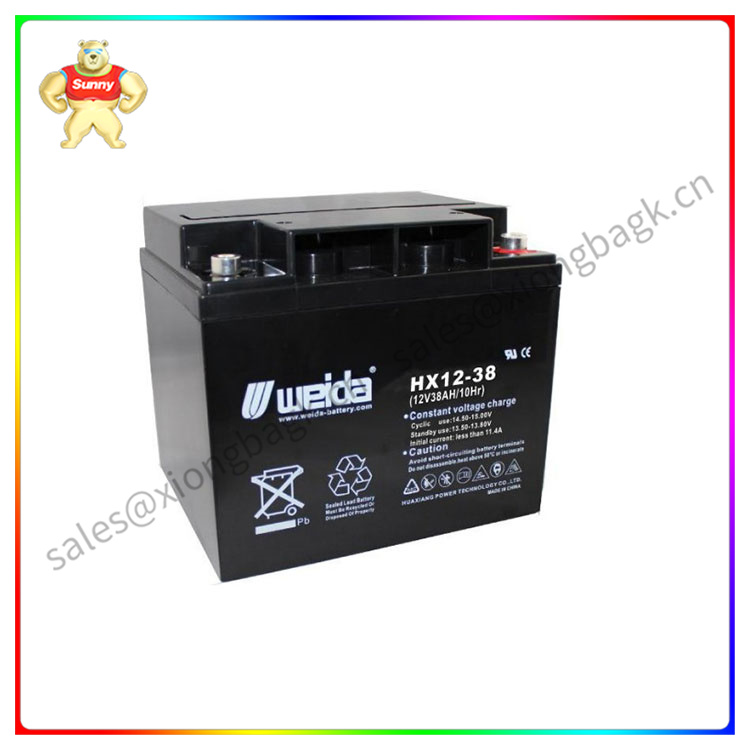As a core component of the DC power system, it plays a key role in storing electric energy, coping with power grid anomalies and special working conditions, and maintaining the normal operation of the system, and is the last line of defense for the normal operation of the power system. At present, the battery online monitoring is gradually being paid attention to, in the power, communications and other industries more and more widely used, but the battery online monitoring and status assessment of the key technology – internal resistance AC discharge method is not understood by people, but also in the vague understanding, due to the “maintenance-free” the word misleading, so that users relax the battery daily maintenance and management. As a result, the early capacity of the battery is reduced and damaged, and the accidents of the substation and power plant caused by the insufficient or failure of the battery capacity are not uncommon. Therefore, the correct use and maintenance of the battery to improve its service life is of great significance.
The main factors affecting the internal resistance of the battery are: The main factors affecting the internal resistance of the battery are:
Battery use time: With the increase of use time, the electrolyte loss of water, the corrosion of the plate and the connection strip, the sulfation of the plate, the deformation of the plate and the fall off of the active material and other factors, resulting in the reduction of the battery capacity and the internal resistance of the battery.
The amount of charge of the battery: due to the depth of the electrolyte injected into the battery, the thickness of the reaction material on the electrode surface, the porosity of the electrode surface, etc., the internal resistance of the battery is relatively different, and the amount of charge is also relatively different.
Temperature: Changes in ambient temperature, such as rising, when the diffusion of the reactive substance is accelerated, charge transfer, electrode dynamics and material transfer are easier to carry out, and thus the internal resistance of the battery is reduced. If not, it will increase.
Battery model: different manufacturers, different types, different models of batteries, due to the electrode, electrolyte, diaphragm material formula is different, the battery structure is different, the assembly process is different and the battery internal resistance is different.
Measurement signal frequency: At present, many battery internal resistance measurements actually measure the impedance of the battery, which includes the capacitive reactance, and the size of the capacitive reactance is related to the measurement signal frequency, so that the measurement results of the battery internal resistance are not objective. To be objective, the influence of battery capacitance on the measurement results should be removed analytically according to the phase relationship between the current and voltage of the measurement signal, so that the measurement rate results are independent of the signal measurement frequency, that is, the internal resistance measurement results are unique under any measurement signal frequency.
Measurement time and measurement current size: In the case of large measurement current, at the moment when the measurement signal is applied and the measurement signal is turned off, because the establishment and stability of polarization is a changing process, different measurement current, different measurement time, polarization is different, so that the internal resistance measurement results of Viada battery are not objective. To be objective, the internal resistance should be measured with a small signal current as far as possible. According to the experiment, the measured current is less than or equal to 0.05C10 (where C10 is the capacity of the Viada battery at a 10-hour discharge rate).

weida
The effects of overcharging
In the long-term overcharging state, the positive electrode consumes water and h+ increases due to the oxygen evolution reaction, which leads to the increase of acidity near the positive electrode and the acceleration of grid corrosion, which makes the grid thin and accelerates the corrosion of the battery and reduces the battery capacity. At the same time, due to increased water loss, the battery will be in danger of drying up, thus affecting the life of the battery.
The effects of excessive discharge
The excessive discharge of the battery mainly occurs after the AC power outage, and the battery supplies power to the load for a long time. When the battery is over-discharged to its voltage is too low or even zero, it will cause a large amount of lead sulfate inside the battery to be absorbed to the cathode surface of the battery, causing “sulfation” in the cathode of the battery. Lead sulfate is a kind of insulator, its formation will have a great negative impact on the charging and discharging performance of the battery, so the more sulfate formed on the cathode, the greater the internal resistance of the battery, the worse the charging and discharging performance of the battery, the shorter the service life of the battery.
 中文版
中文版




